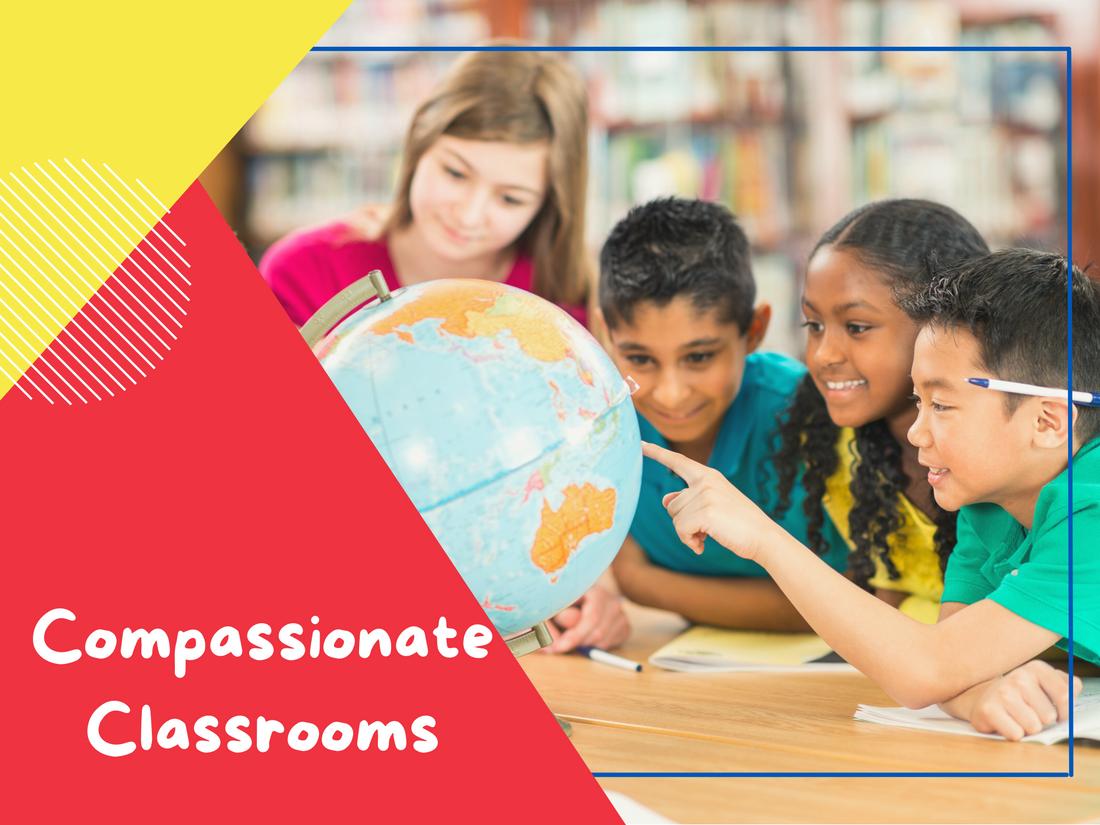Teachers Can Make their Class a Safe Space for All Students- Regardless of Race
With the recent protests sparked by the death of George Floyd, many of us are asking ourselves “What can I do?”
Every person is powerful. What you choose to do now, matters. As a teacher, you are in an especially powerful place to influence the future of society. This list shares practical ways that you can use your influence to encourage a classroom (and society) of acceptance, love, and awareness. Follow the list to get started on your journey towards a more loving classroom.
These tips are directed towards those who have not experienced racism, and/or whose main student population is not diverse. Every teacher has a responsibility to help open young minds to the value of diversity.

Educate Yourself
In order to educate others, you must first seek to understand. Do you know what it means to experience racism? If you don’t know what it’s like: read books, watch movies, and learn more about it. It might feel overwhelming or you might not know where to start, so in the resources section below, we've shared some media to help you get started on the path of awareness.

Represent Diversity
Your classroom is a habitat for learning. What you put on the walls, what you put on the shelves, and what you put on the door all influences your students. I can still remember some of the posters and décor that my high school teachers had in their classrooms- and I was only in each classroom for 3-5 hours a week! No matter how short of a time your students are in your class each day, over the course of the school year they spend a lot of time with you and in your classroom.
Ways you can create a diversity-friendly classroom:
- Include multiple ‘people colors’ in art supplies (e.g. dark brown, tan, and peach crayons)
- Add more diversity to your library (check out the resources for recommended books!)
- Invite people of color to talk to your class- not just about race related topics (e.g. career day could have doctors, businesspeople, police officers, scientists, etc)
- Talk about historical figures of all races and genders, in more time periods than just the Civil War era and during the Civil Rights Movement; inspiring people of color lived throughout history!
You can influence children by showing them more than stereotypes. Show them examples of people of color in different careers, in history, and in person. In your classroom, you can remind students through the media you share that each person is a worthwhile individual regardless of race or gender.

Talk about Racism
Although it can be difficult to approach the topic of racism, either in or out of the classroom, it's vital for change. Be open and honest.
You will need to do your own research to know how to appropriately talk with your class. Based on the ages of your students you may need to keep the discussion simplified, or be prepared to lead an in-depth discussion and provide additional resources so your students can learn on their own. Either way, be prepared to guide your class so it is a positive experience.
You aren't just a teacher though. You're a person! As an adult you talk with other adults. Use your influence in the breakroom, at your church, around friends, and with your family when you can. Being open about racism means condemning the past, while hoping for a better future. It means admitting to ourselves if (or when) we have participated in racist behavior or acted on negative biases, or when we could have done better. It means committing to doing better as individuals. It means having difficult conversations. It means that you’ve decided Black Lives Matter too, and you stand for equality.

Educate Yourself Resources
Books
- How to be an Antiracist by Dr. Ibram Kendi
- Why I’m No Longer Talking to White People about Race by Renni-Eddo Lodge
- I’m Still Here: Black Dignity in a World Made for Whiteness by Austin Channing Brown
Movies
TV Shows
- Who Killed Malcolm X?
- Dear White People (this is the TV show based on the movie Dear White People)
- When They See Us
Podcasts
- Code Switch
- Still Processing
- The History Chicks Podcast (these are only a few, they have more episodes on women of color)
Other media
- Take Harvard’s Implicit Bias Test (this is a great way to gain some self-awareness!)
Represent Diversity Resources
Books
- The Stone Thrower by Jael Ealey Richardson
- I Can Do Hard Things: Mindful Affirmations for Kids by Gabi Garcia
- A is for Activist by Innosanto Nagara
Books on Historical People of Color
- Phillis Wheatly Sings Out Freedom: The Story of George Washington and Phillis Wheatley by Ann Malaspina and Susan Keeter
- Josephine: The Dazzling Life of Josephine Baker by Patricia Hruby Powell
- The ‘Dear America" Diary Book Series
Movies
- Belle (based on the life of Dido Elizabeth Belle)
- On the Way to School (documentary)
- Akeelah and the Bee
TV Shows
Talk about Racism Resources
Articles
- An Age-by-Age Guide
- Teaching & Learning about Race and Racism with Young Children and Their Families
- Anti-Racism for Kids 101: Starting to Talk About Race
Article by Miss Jenna
The content of Teacher Power’s website is for information only, not advice or guarantee of outcome. Information is gathered and shared from reputable sources; however, Teacher Power is not responsible for errors or omissions in reporting or explanation. No individuals, including those taking Teacher Power products, should use the information, resources or tools contained within to self-diagnosis or self-treat any health-related condition. Teacher Power gives no assurance or warranty regarding the accuracy, timeliness or applicability of the content.

